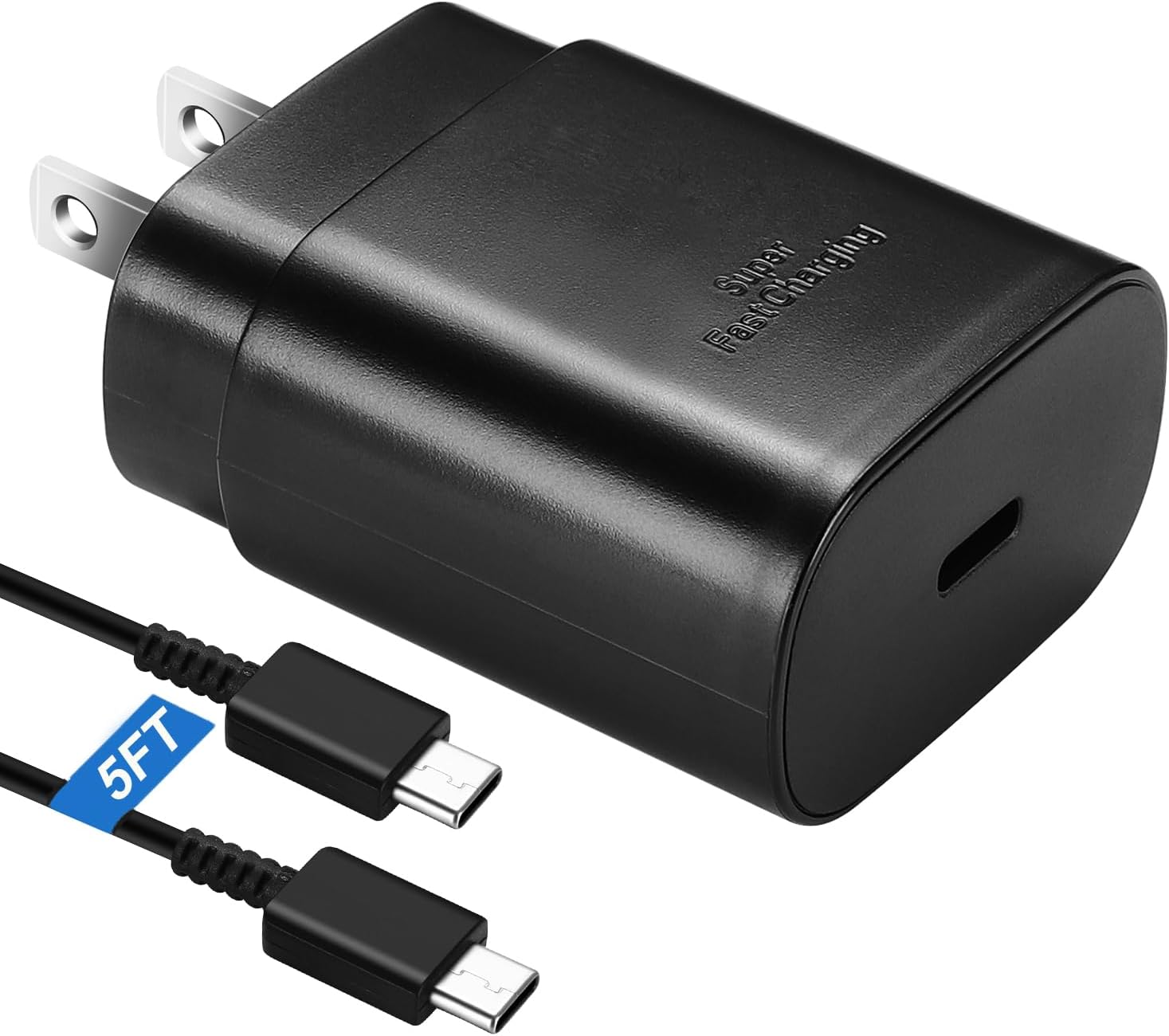Signs of Overheating
It’s important to recognize the signs of overheating in your phone charger to prevent potential damage to your device and ensure your safety. Here are some common indicators that your charger may be overheating:
- Excessive Heat: If your charger feels unusually hot to the touch during normal use, it could be a sign of overheating. While it’s normal for chargers to generate some warmth, excessive heat may indicate a problem.
- Slow Charging: When your phone takes longer than usual to charge, it might be due to an overheating charger. The heat can affect the charging efficiency, resulting in prolonged charging times.
- Device Malfunctions: Overheating chargers can cause your phone or other devices to malfunction. This could manifest as unexpected shutdowns, unresponsive touchscreens, or erratic behavior.
- Unusual Smells: If you detect a burning or melting odor emanating from your charger, it’s a clear indication of overheating. Unplug the charger immediately and investigate the issue.
- Visible Damage: Inspect the charger for any physical damage, such as melted or discolored components. These visual cues can signal that the charger is overheating and may pose a risk.
Recognizing these signs early on can help you take proactive measures to address potential overheating issues with your phone charger.
Causes of Overheating
Understanding the underlying causes of overheating in phone chargers is crucial for implementing effective preventative measures. Several factors can contribute to charger overheating, including:
- Low-Quality Chargers: Inferior or counterfeit chargers often lack proper safety features and may not adhere to quality standards. These substandard chargers are more prone to overheating due to their inferior design and construction.
- Overloading: Plugging multiple devices into a single charger or using a charger with a higher output than recommended for your device can lead to overloading. This can cause the charger to overheat as it struggles to meet the excessive power demands.
- Environmental Factors: High ambient temperatures, direct sunlight, or placing the charger on heat-absorbing surfaces can contribute to overheating. These environmental conditions can elevate the charger’s temperature, exacerbating the risk of overheating.
- Usage Patterns: Continuous and prolonged use of the charger, especially during intensive tasks such as gaming or video streaming while charging, can elevate its temperature, leading to overheating.
- Component Degradation: Over time, the internal components of the charger, including the wiring and circuitry, may degrade, leading to increased resistance and heat generation. This can result in chronic overheating issues.
Identifying these root causes can empower users to make informed decisions and adopt preventive measures to mitigate the risk of charger overheating.
Tips for Preventing Overheating
Proactively safeguarding your phone charger from overheating is essential for maintaining its longevity and ensuring the safety of your devices. Implementing the following preventive measures can help mitigate the risk of charger overheating:
- Use Genuine Chargers: Opt for authentic, manufacturer-recommended chargers to ensure quality, safety, and compatibility with your devices. Genuine chargers are designed to meet stringent standards, reducing the likelihood of overheating.
- Avoid Overloading: Refrain from overloading chargers by connecting multiple devices or using incompatible power sources. Each device should be charged using its dedicated charger or a certified multi-port charging station to prevent overheating.
- Maintain Ventilation: Place chargers in well-ventilated areas to dissipate heat effectively. Avoid enclosing chargers in tight spaces or covering them with fabric or other insulating materials that impede airflow.
- Monitor Ambient Temperature: Be mindful of the surrounding temperature when charging devices. Avoid exposing chargers to direct sunlight or placing them near heat sources to prevent unnecessary heat buildup.
- Limit Continuous Use: Refrain from continuously charging devices for prolonged periods, especially during resource-intensive activities. Unplug chargers when devices are fully charged to prevent unnecessary heat generation.
- Regular Inspections: Routinely inspect chargers for signs of damage, wear, or overheating. Replace any frayed cables, damaged connectors, or visibly compromised chargers promptly to mitigate potential hazards.
By adhering to these preventive tips, you can significantly reduce the risk of charger overheating and promote the safe and efficient charging of your devices.
Solutions for Overheating Issues
Addressing overheating issues with your phone charger necessitates prompt action to mitigate potential risks and ensure the continued functionality of your devices. Here are effective solutions to combat charger overheating:
- Unplug and Cool Down: If you notice signs of overheating, immediately unplug the charger from the power source and allow it to cool down in a well-ventilated area. This can help dissipate excess heat and prevent further escalation of the issue.
- Use a Different Charger: If a particular charger consistently overheats, consider using an alternative, high-quality charger that is compatible with your device. This can help alleviate overheating concerns and safeguard your devices.
- Inspect and Clean: Regularly inspect the charger for dust accumulation, debris, or foreign objects in the charging port. Clean the charger using compressed air or a soft brush to remove any obstructions that may impede proper heat dissipation.
- Utilize Cooling Pads or Stands: For chargers that tend to overheat during prolonged use, employing cooling pads or stands can help dissipate heat more effectively, reducing the risk of overheating and enhancing charging efficiency.
- Seek Professional Assistance: If the overheating issue persists despite preventive measures, seek assistance from authorized service centers or qualified technicians to diagnose and address any underlying technical faults in the charger.
- Upgrade to Advanced Chargers: Consider investing in advanced chargers equipped with temperature monitoring and protection mechanisms. These chargers can automatically regulate their temperature to prevent overheating and ensure safe charging.
Implementing these solutions can effectively mitigate charger overheating issues, promoting safe and reliable charging experiences for your devices.

